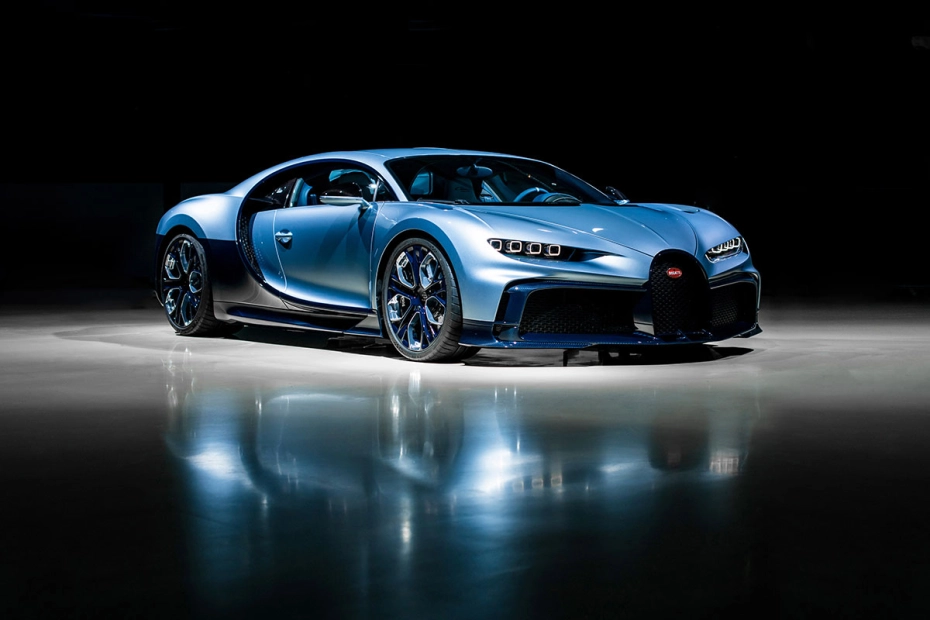
The automobile, often simply called the “auto,” stands as one of the most influential inventions of the modern era. Its significance transcends mere transportation; it has reshaped the way societies function, altered landscapes, and even influenced culture and identity. To understand the essence of the auto is to appreciate not only a marvel of engineering but also a profound emblem of human progress, aspiration, and the complex interplay between technology and lifestyle.
The story of the automobile begins in the late 19th century, when inventors sought to create practical self-propelled vehicles. While steam-powered carriages existed earlier, it was the advent of the internal combustion engine that truly revolutionized personal mobility. Karl Benz’s 1885 Motorwagen is widely celebrated as the first true automobile, integrating an internal combustion engine with a lightweight frame. Soon after, visionaries like Henry Ford transformed the auto from a luxury novelty into an accessible commodity through pioneering assembly line production methods. Ford’s Model T did not merely put millions on wheels; it democratized mobility, granting unprecedented freedom to individuals and reshaping economies around the globe.
Beyond its mechanical prowess, the automobile has had an unparalleled cultural impact. It redefined the concept of distance and personal space, allowing people to live, work, and explore in ways previously unimaginable. The rise of the suburbs, the birth of the road trip, and the cultural iconography of the open highway all stem from the auto’s ability to connect people with places on their own terms. Cars became symbols of identity and freedom—expressions of taste, personality, and even social status. From the classic elegance of a Rolls-Royce to the sporty flair of a Mustang, autos carry stories of individuality and aspiration.
Technologically, the auto has evolved in leaps and bounds. Early models were rudimentary by today’s standards—lacking safety features, efficiency, or comfort. Over the decades, remarkable advancements transformed these vehicles into sophisticated machines. Innovations such as anti-lock braking systems, airbags, electronic stability control, and collision avoidance technologies have made modern automobiles significantly safer. Meanwhile, the drive toward sustainability has pushed the auto industry toward electric vehicles, hybrids, and alternative fuels. What began as a mechanical novelty has become a showcase for cutting-edge technology, integrating artificial intelligence, connectivity, and autonomous driving capabilities.
However, the automobile’s journey is not without challenges. Environmental concerns loom large as the auto industry confronts its role in global carbon emissions and pollution. Urban congestion and resource depletion force society to rethink traditional models of transportation and mobility. Governments worldwide are imposing stricter emissions standards and incentivizing cleaner alternatives, while urban planners promote public transit and pedestrian-friendly designs. The future of the auto is at a pivotal crossroads, blending innovation with responsibility to redefine how humans move sustainably.
Despite these challenges, the emotional and cultural resonance of automobiles remains undiminished. For many, owning a car represents more than convenience—it is a milestone, a rite of passage, a symbol of independence. The car community thrives on passion and nostalgia, with classic car restoration, motorsports, and custom modifications celebrating the art and engineering of autos. This blend of tradition and innovation captures the automobile’s unique ability to bridge generations, linking past glories with future possibilities.
Economically, the automobile industry remains a cornerstone of global development. It generates millions of jobs in manufacturing, design, logistics, sales, and maintenance, fueling economies and technological advancement alike. The auto supply chain, intricate and global, exemplifies international cooperation and competition. As electric and autonomous vehicles gain prominence, new industries and professions emerge, reflecting a dynamic sector responsive to changing demands and technologies.
In essence, the automobile is much more than a vehicle; it is a dynamic symbol of human ingenuity and aspiration. It narrates the story of technological evolution, societal transformation, and cultural expression. As we stand on the brink of new mobility paradigms—electric, autonomous, shared—the auto’s legacy continues to evolve, promising innovation while preserving its timeless allure. In understanding the automobile, we understand a vital thread in the tapestry of modern civilization, a testament to the enduring quest for freedom, progress, and connection.
